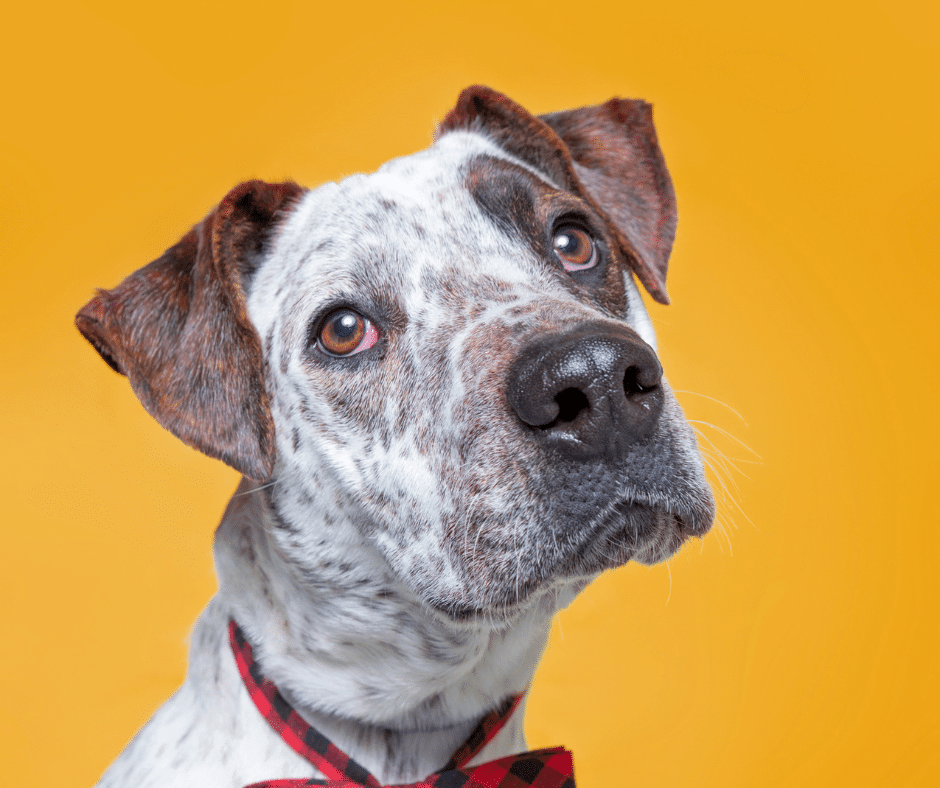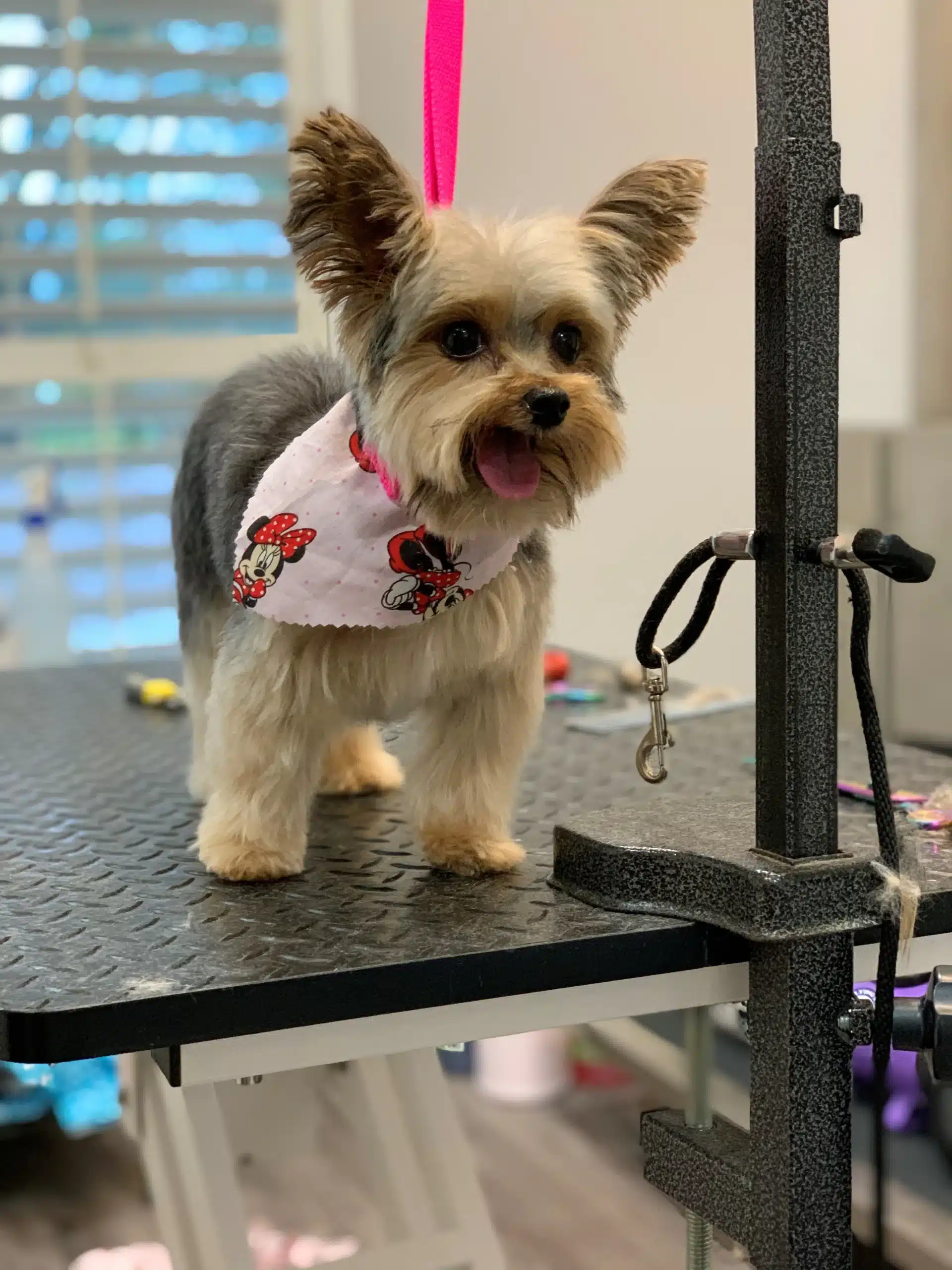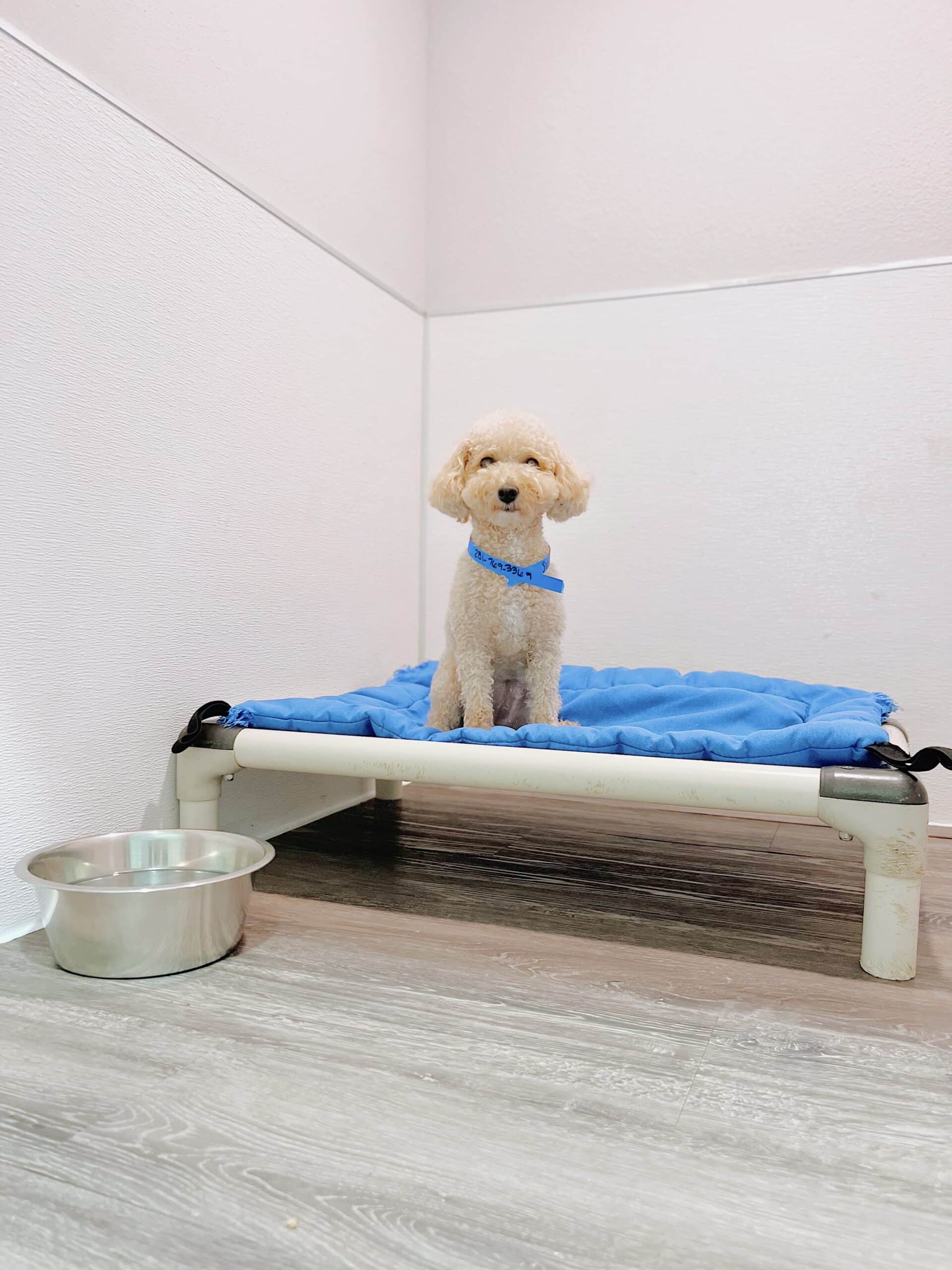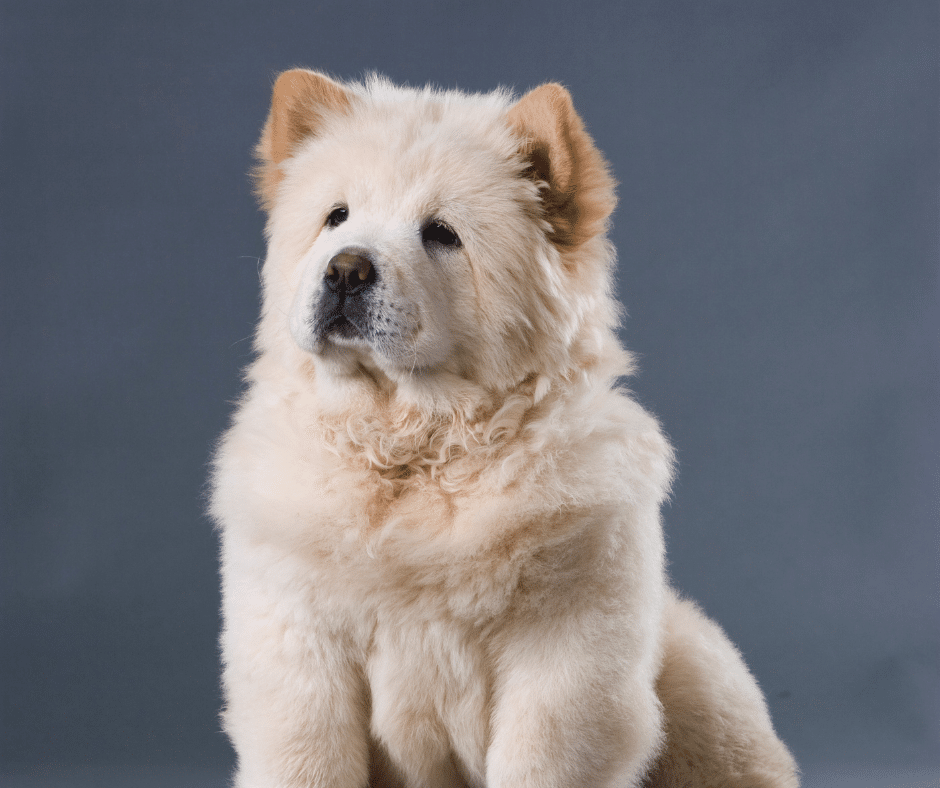Understanding the Impact of Fall Allergies on Dogs
As the vibrant hues of autumn leaves begin to blanket the ground, many dog owners overlook an important seasonal shift: the surge of fall allergies in their canine companions. While humans often associate allergies with spring, the fall season brings its own unique set of allergens that can significantly affect a dog’s well-being. Common culprits such as ragweed pollen, mold spores from damp foliage, and dust mites thriving in warmer indoor environments become increasingly prevalent, triggering a range of uncomfortable symptoms in sensitive pets.
Dogs, much like people, can experience itchy skin, persistent scratching, watery eyes, sneezing, and even ear infections as a result of these allergens. The difference, however, lies in their exposure—dogs are often far closer to the ground, making them more susceptible to picking up allergens on their fur and paws during daily walks or playtime in the yard.
Recognizing Allergy Symptoms
- Excessive licking or chewing of paws
- Red, irritated skin or hot spots
- Frequent shaking of the head or scratching at ears
- Respiratory issues such as sneezing or coughing
Ignoring these signs may lead to secondary infections or chronic discomfort, diminishing your dog’s quality of life. By understanding how fall allergies manifest and what triggers them, pet owners can take proactive steps to alleviate their furry friend’s distress and safeguard their health as the seasons change.
How Allergens Affect Your Dog’s Skin and Coat
As autumn arrives, the crisp air brings not only a change in scenery but also a wave of seasonal allergens that can wreak havoc on your dog’s skin and coat. While falling leaves and cooler temperatures seem harmless, hidden irritants like mold spores, pollen, and dust mites become more prevalent during this time of year. These allergens cling to your dog’s fur and skin, creating a breeding ground for discomfort and irritation.
The Impact of Allergens on Canine Skin Health
When allergens settle on your dog’s skin, they can trigger a cascade of reactions. Sensitive pups may experience itching, redness, and inflammation as their immune systems respond. The constant scratching and licking can break the skin’s natural barrier, making it easier for bacteria and yeast to invade. This often results in hot spots, rashes, or even secondary infections that require veterinary attention.
Coat Condition and Shedding
Allergens don’t just irritate the skin—they can also compromise the health of your dog’s coat. Excessive scratching and biting can lead to patchy fur, increased shedding, and a dull, lackluster appearance. In severe cases, persistent exposure to allergens may cause hair loss and make it difficult for your dog’s coat to regain its natural shine and softness.
- Increased itching and discomfort
- Risk of secondary skin infections
- Thinning or patchy coat
- Heightened shedding during fall
Understanding how allergens affect your dog’s skin and coat is the first step toward protecting their comfort and well-being throughout the fall season. A strategic grooming routine can play a crucial role in minimizing these effects and keeping your furry companion happy and healthy.
Professional Grooming Methods for Removing Allergens
As autumn ushers in a wave of allergens—ranging from ragweed pollen to mold spores—your dog’s coat can easily become a magnet for irritants that trigger uncomfortable symptoms. Professional grooming goes far beyond a casual bath at home; it’s an essential strategy for safeguarding your pet’s health during allergy season. Expert groomers employ specialized techniques and products designed specifically to remove, neutralize, and prevent the buildup of allergens on your dog’s skin and fur.
Deep Cleansing Baths
Professional groomers start with thorough bathing using hypoallergenic shampoos formulated to eliminate pollen, dust, and other microscopic particles clinging to your dog’s coat. These products gently cleanse without irritating sensitive skin, ensuring that allergens are washed away rather than merely redistributed.
High-Velocity Drying
After bathing, high-velocity dryers are used to blow out loose fur, dander, and any remaining allergenic particles. This process not only expedites drying but also further reduces the allergen load your dog carries indoors.
Expert Brushing and Deshedding
Regular, professional brushing and deshedding treatments are crucial for removing dead hair and trapped debris. Groomers utilize specialized tools that reach deep into the undercoat, where allergens often accumulate unnoticed. This meticulous attention to detail helps prevent allergic flare-ups for both dogs and their owners.
By incorporating these professional grooming methods, you establish a line of defense against fall allergens, ensuring your dog’s comfort and your household’s well-being as the seasons change.
Why At-Home Baths May Not Be Enough During Allergy Season
As autumn arrives, many pet owners notice their dogs scratching, sneezing, or licking more than usual. While at-home baths seem like a practical solution, they often fall short during the peak of allergy season. The reason lies in the complex nature of environmental allergens and the limitations of standard bathing routines.
During fall, pollen, mold spores, and dust mites proliferate and cling stubbornly to your dog’s fur and skin after every outdoor adventure. A simple rinse with water or even a basic shampoo may remove surface dirt, but it rarely penetrates deeply enough to dislodge these microscopic irritants. Moreover, over-bathing at home with the wrong products can strip away natural oils, leading to dry, irritated skin—ironically making allergic reactions worse.
Key Reasons At-Home Baths Fall Short
- Incomplete Allergen Removal: Home bathing often misses allergens embedded close to the skin or trapped beneath dense undercoats.
- Improper Products: Many household shampoos lack the specialized ingredients needed to neutralize allergens or soothe inflamed skin.
- Technique Limitations: Without professional tools and methods, it’s difficult to achieve a thorough cleanse, especially for breeds with thick or long fur.
Ultimately, while at-home baths are a helpful part of your dog’s hygiene, they alone cannot provide the deep cleaning necessary to shield your pet from the onslaught of fall allergens. For comprehensive relief and healthier skin, consider supplementing home care with professional grooming tailored to allergy season needs.
Tips for Maintaining Your Dog’s Coat Between Grooming Sessions
Keeping your dog’s coat healthy and free from allergens during the fall requires more than occasional trips to the groomer. Establishing a consistent at-home routine is essential for minimizing shedding, tangles, and the accumulation of pollen or dust that can trigger seasonal allergies. By investing just a little time each week, you can ensure your dog remains comfortable, while also protecting your home environment from allergy-inducing particles.
Brush Regularly and Thoroughly
Brushing your dog’s coat several times a week is the most effective way to reduce loose fur, dander, and outdoor allergens. Choose a brush suited to your dog’s coat type—slicker brushes for long-haired breeds, bristle brushes for short-haired dogs, and deshedding tools for heavy shedders. Focus on gentle, even strokes to reach down to the undercoat, where allergens often settle.
Wipe Down After Outdoor Play
After walks or playtime in the yard, use a damp cloth or pet-safe wipes to remove pollen, dirt, and debris from your dog’s coat, paws, and belly. This simple step can dramatically decrease the amount of allergens your dog brings indoors, making a noticeable difference for sensitive households.
Keep Up With Bathing—But Don’t Overdo It
Regular baths, spaced every few weeks, help wash away lingering allergens and keep the coat fresh. Use a gentle, hypoallergenic shampoo designed for dogs to avoid skin irritation. Overbathing can strip natural oils, so stick to a schedule recommended by your groomer or veterinarian.
By maintaining these habits consistently, you not only support your dog’s health and comfort but also help create a cleaner, allergy-friendly home. This routine sets the stage for smoother professional grooming sessions and a happier pup all season long.








Recent Comments